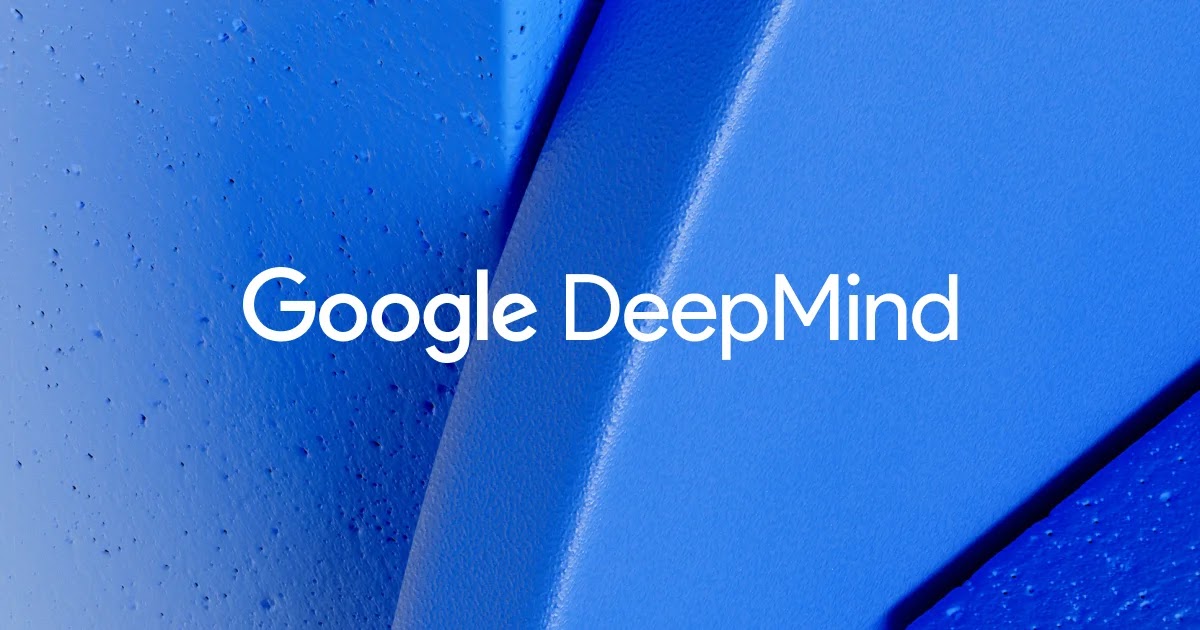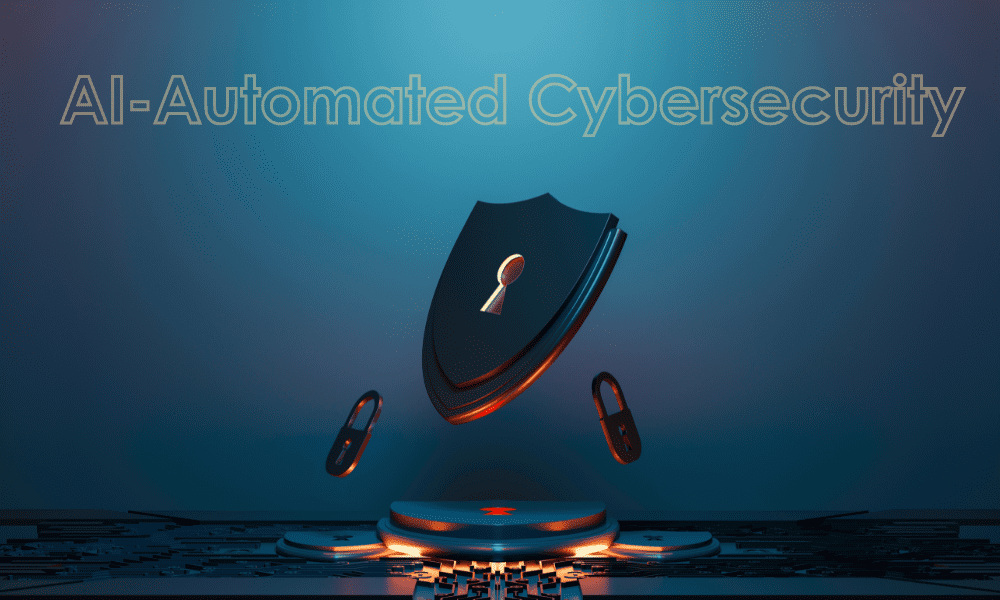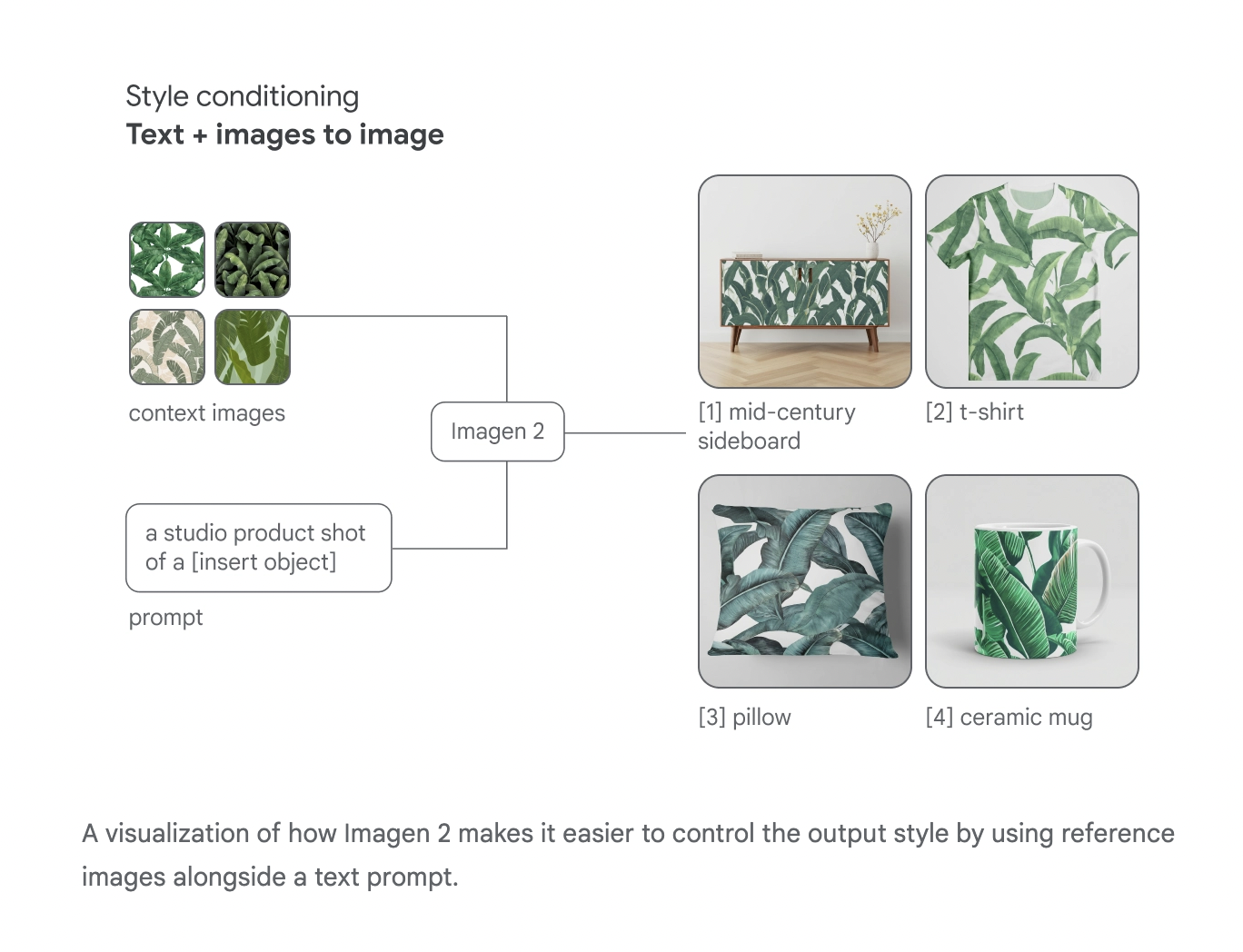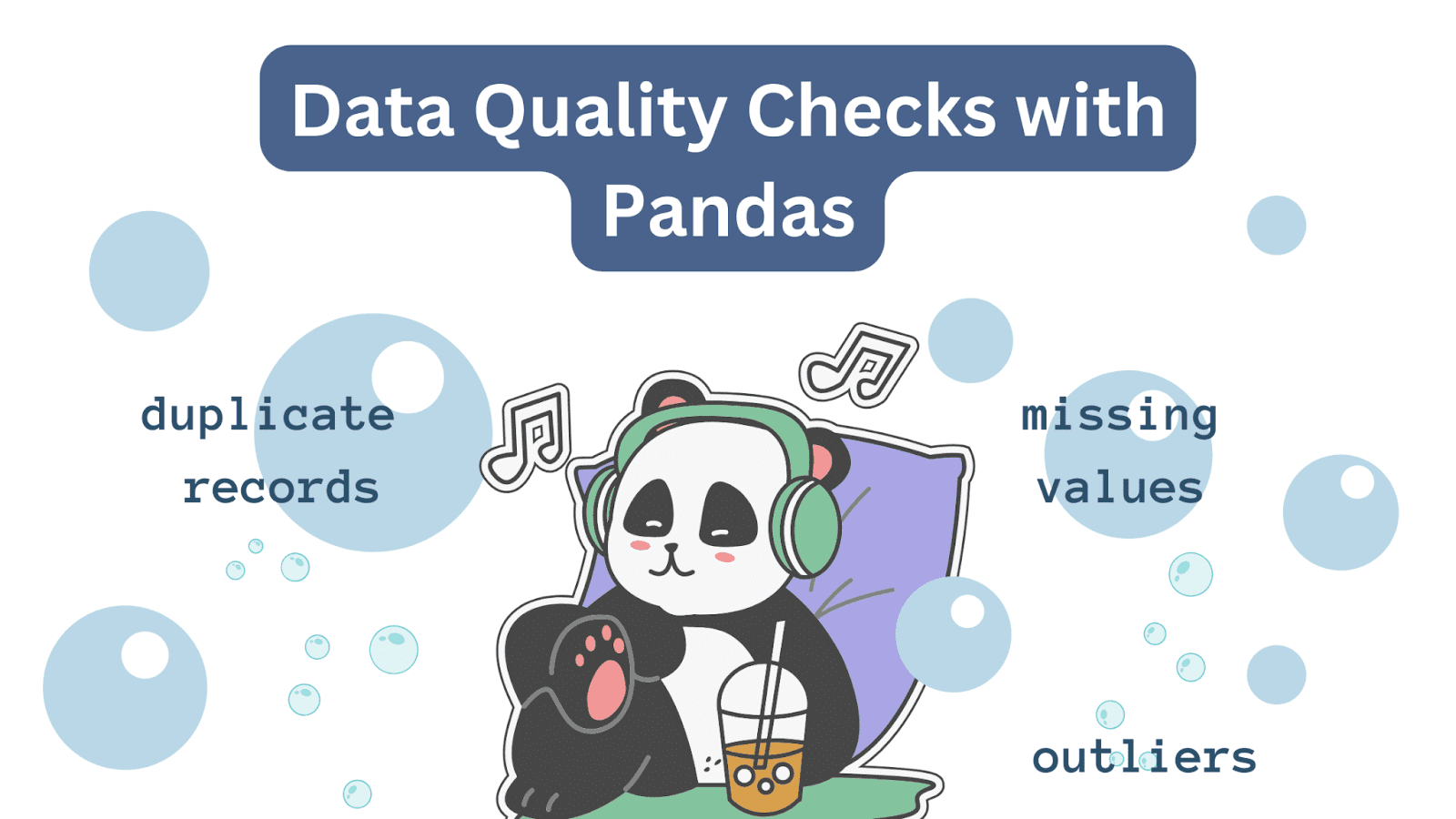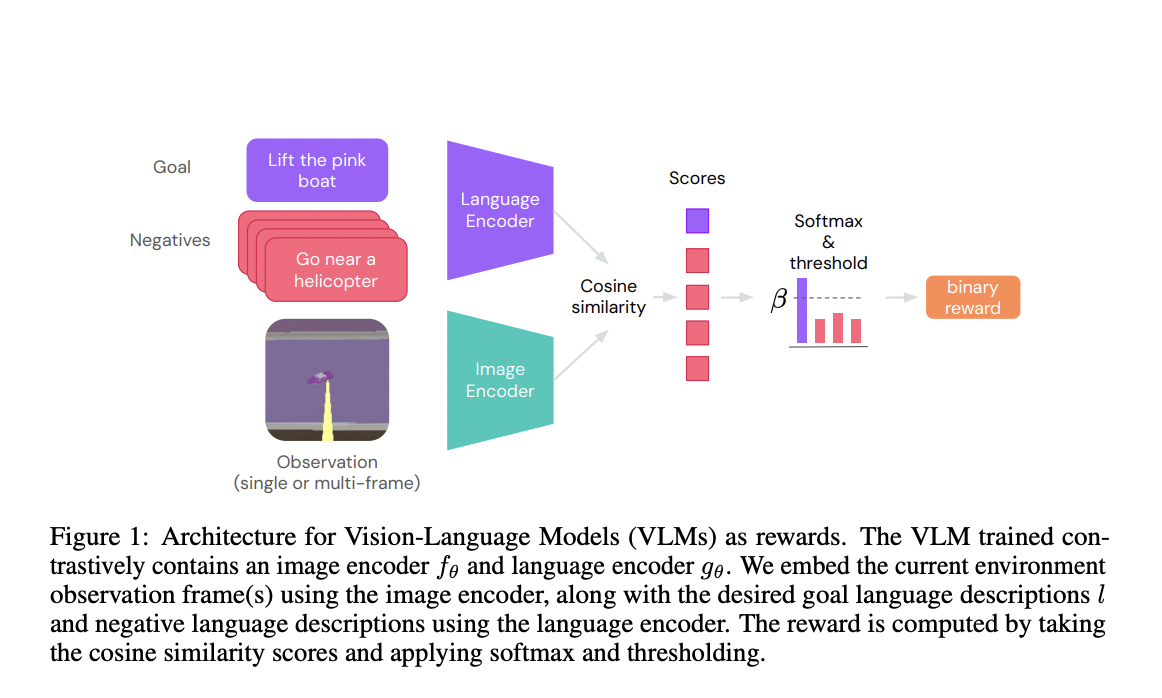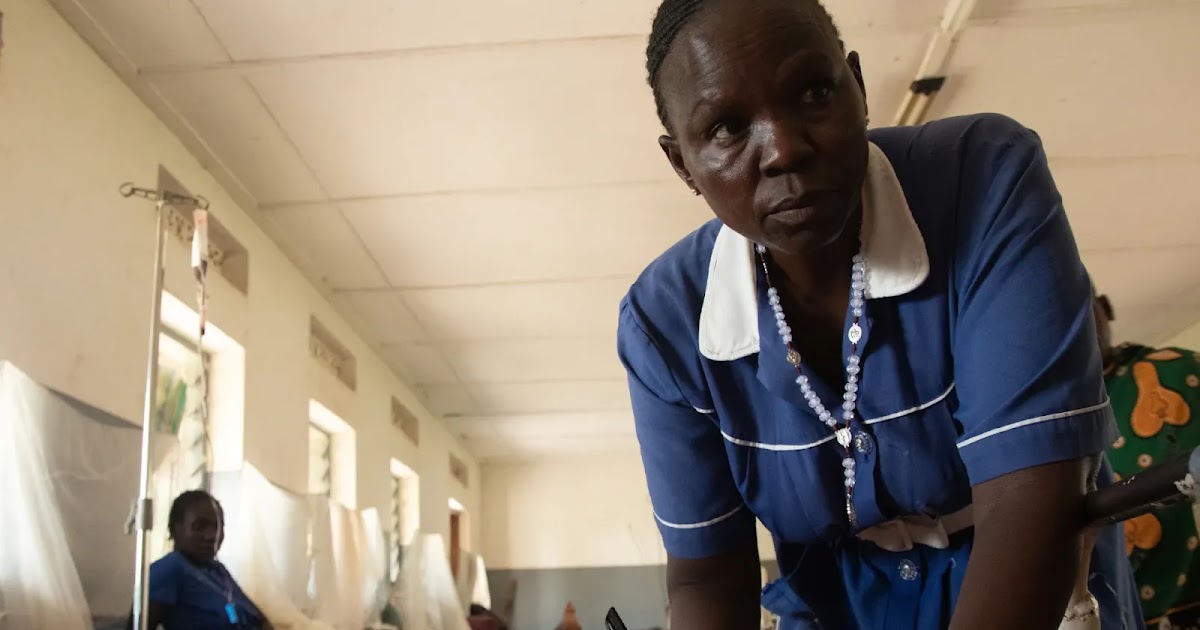New insights into how immunity evolves could help scientists protect all the world’s flora and fauna from disease Vilde Leipart is a researcher at Norwegian University of Life Sciences in Ås. She shares her AlphaFold story. I feel strongly about the need to protect honeybees. Honeybees are so integral to our culture and to our…
